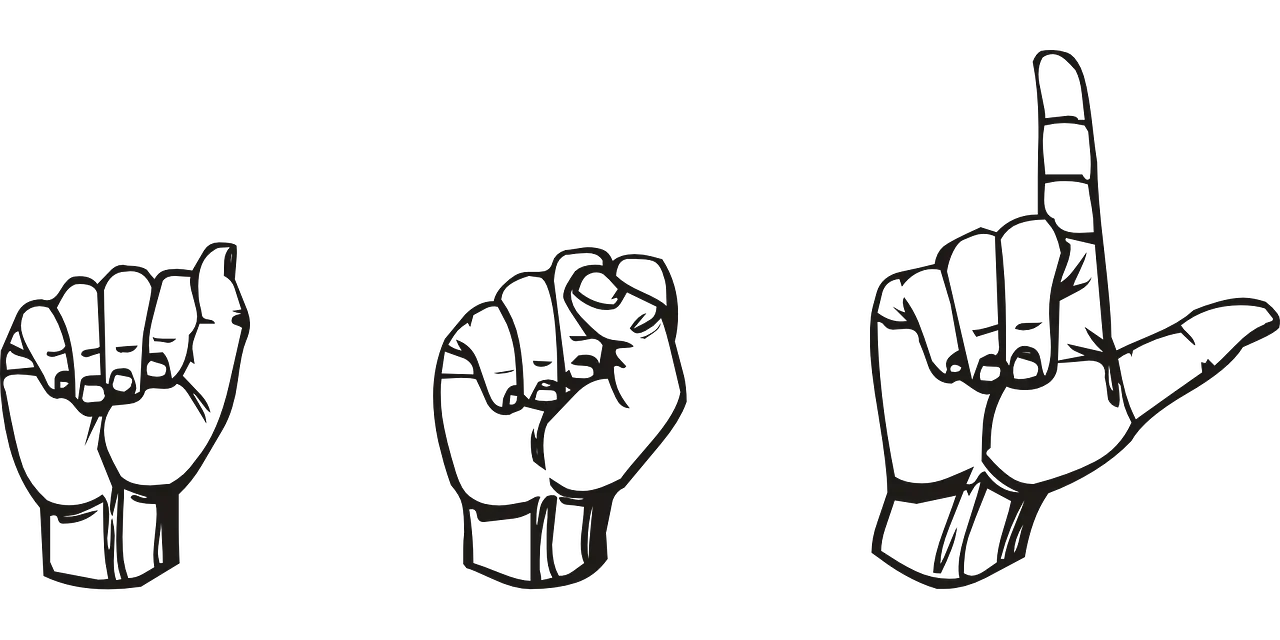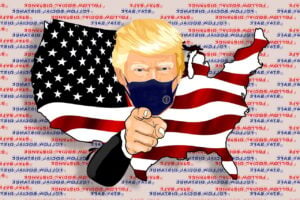American Sign Language (ASL) stands as a testament to the richness of linguistic diversity in the United States. As a vibrant and expressive language, ASL plays a crucial role in the lives of over half a million individuals across the nation. Despite its prevalence and significance, ASL often remains misunderstood or overlooked in discussions about languages and communication.
ASL is not just a mode of communication for the Deaf community; it’s a fully fledged language with its own grammar, syntax, and semantics. According to recent estimates, around 500,000 to 2 million people in the United States use ASL, making it one of the most commonly used languages in the country. However, pinpointing an exact number is challenging due to varying criteria for what constitutes ASL users, including Deaf individuals, their families, and those in the wider community who have learned ASL to communicate.
One of the defining aspects of ASL is its dynamic nature and its evolution within Deaf culture. It isn’t a static language but adapts and evolves over time, incorporating new signs and expressions that reflect the changing world around it.
Despite its prevalence, ASL often faces challenges in terms of recognition and acceptance. For instance, many misconceptions still exist about ASL, such as the idea that it’s simply a gestural representation of English. In reality, ASL is a distinct language with its own grammar and syntax, and it isn’t reliant on spoken or written English.
The vibrant nature of ASL lies in its ability to convey nuances, emotions, and cultural subtleties. Visual-manual modality allows for a level of expressiveness and creativity that differs significantly from spoken languages. Facial expressions, handshapes, and body movements all contribute to the richness and depth of communication in ASL.
A Spectrum of Experiences: Deafness encompasses a wide range of hearing abilities, from profound deafness to mild hearing loss. Individuals within the community navigate communication through various means, including American Sign Language (ASL), spoken English with or without hearing aids, and other forms of communication support.
Cultural Tapestry: ASL, with its expressive gestures and nuanced facial expressions, is the cornerstone of Deaf culture. It’s a language that paints vivid pictures, sparks creativity, and fosters a unique sense of identity. Deaf communities across the U.S. have developed their own traditions, art forms, and humor, passed down through generations.
Challenges and Triumphs: Despite significant progress, the Deaf community still faces hurdles. Stereotypes and misconceptions persist, and barriers to education, employment, and healthcare remain. However, the community is not defined by its challenges. Deaf individuals are actively advocating for their rights, promoting inclusivity, and making their voices heard through art, activism, and entrepreneurship.
Embracing a Shared Future: Recognizing the Deaf community’s contributions and fostering understanding is crucial for building an inclusive society. Learning basic ASL phrases, employing accessible communication methods, and celebrating Deaf culture are steps towards bridging the gap.

The Deaf community in the United States is not just a niche group; it’s an integral part of the nation’s rich tapestry. By recognizing their unique experiences, embracing their culture, and dismantling barriers, we can create a future where everyone can thrive and contribute to a truly inclusive society.
American Sign Language stands tall as a vibrant language that thrives within the United States. Its significance extends far beyond just a means of communication; it embodies a rich cultural heritage and fosters a sense of community among its users. As we celebrate the diversity of languages, let’s ensure ASL’s rightful place in conversations about linguistic richness and inclusion. Understanding and appreciating ASL not only bridges communication gaps but also opens doors to a world of expression and connection for millions.
Wanting to learn more? Explore more blogs here.




5 thoughts on “The World of American Sign Language (ASL)”